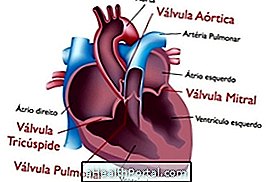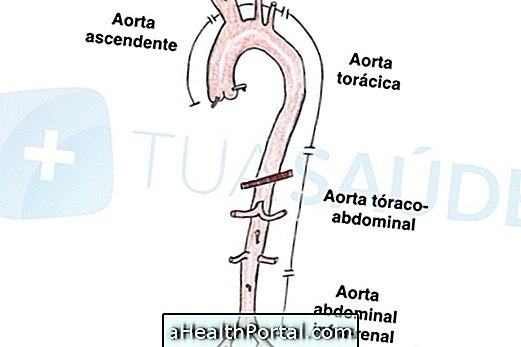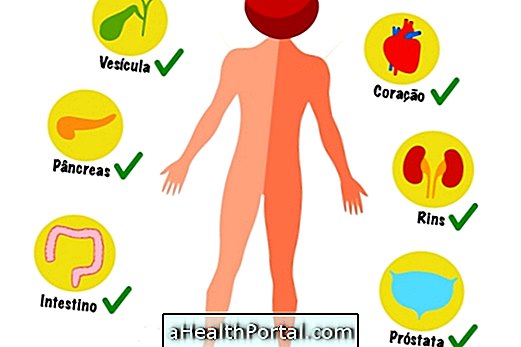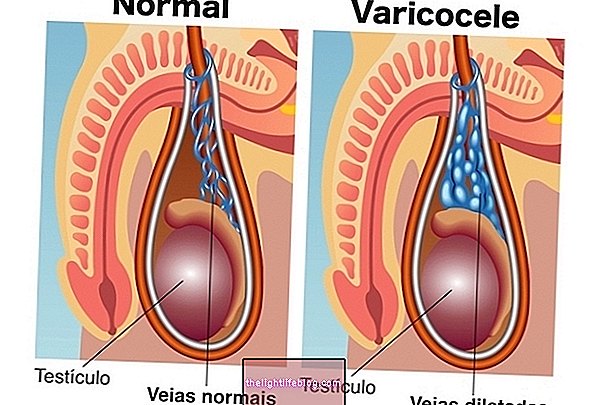Valvuloplasty is surgery performed to correct a defect in a heart valve so that blood flow occurs correctly. This surgery may involve only the concert of the damaged valve or its replacement by another made of metal, coming from an animal such as pig or cow or from a deceased human donor.
In addition, there are different types of valvuloplasty according to the valve that presents defect, because there are 4 heart valves: the mitral valve, the tricuspid valve, the pulmonary valve and the aortic valve.


Valvuloplasty can be indicated in case of stenosis of any of the valves, which consists of its thickening and hardening, making it difficult for the blood to pass in case of insufficiency of any of the valves, which occurs when the valve does not close completely, of a small volume of blood behind or in case of rheumatic fever, for example.
Types of valvuloplasty
Valvuloplasty can be classified according to the damaged valve, being called:
- Mitral valvuloplasty: The surgeon repairs or replaces the mitral valve, which allows the blood to pass from the left atrium to the left ventricle, preventing it from returning to the lung;
- Aortic valvuloplasty: The aortic valve, which allows blood to exit the left ventricle out of the heart is damaged and, therefore, the surgeon repairs or replaces the valve with another;
- Pulmonary valvuloplasty: The surgeon repairs or replaces the pulmonary valve, which has the function of allowing the passage of blood from the right ventricle to the lung;
- Tricuspid valvuloplasty: The tricuspid valve, which allows blood to flow from the right atrium to the right ventricle, is damaged and therefore the surgeon must repair or replace the valve with another.
Because of the defect in the valve, its severity and the patient's age determine whether valvuloplasty will be repair or replacement.
Surgical techniques of valvuloplasty
Valvuloplasty is usually done with general anesthesia and a cut in the chest for the surgeon to look at the entire heart. This conventional technique is especially used when it is a substitution, as in the case of severe mitral regurgitation, for example.
However, the surgeon may opt for less invasive techniques, such as:
- Balloon valvuloplasty: the introduction of a catheter with a balloon in the tip, usually through the groin, to the heart. After the catheter is in the heart, contrast is injected so the physician can see the affected valve and the balloon is inflated and deflated so as to open the valve that is narrowed;
- Percutaneous valvuloplasty : A small tube is inserted through the thorax rather than a large cut, reducing pain after surgery, length of hospital stay, and scar size.
Both balloon valvuloplasty and percutaneous valvuloplasty are used in cases of repair, such as to treat aortic stenosis, for example.





















